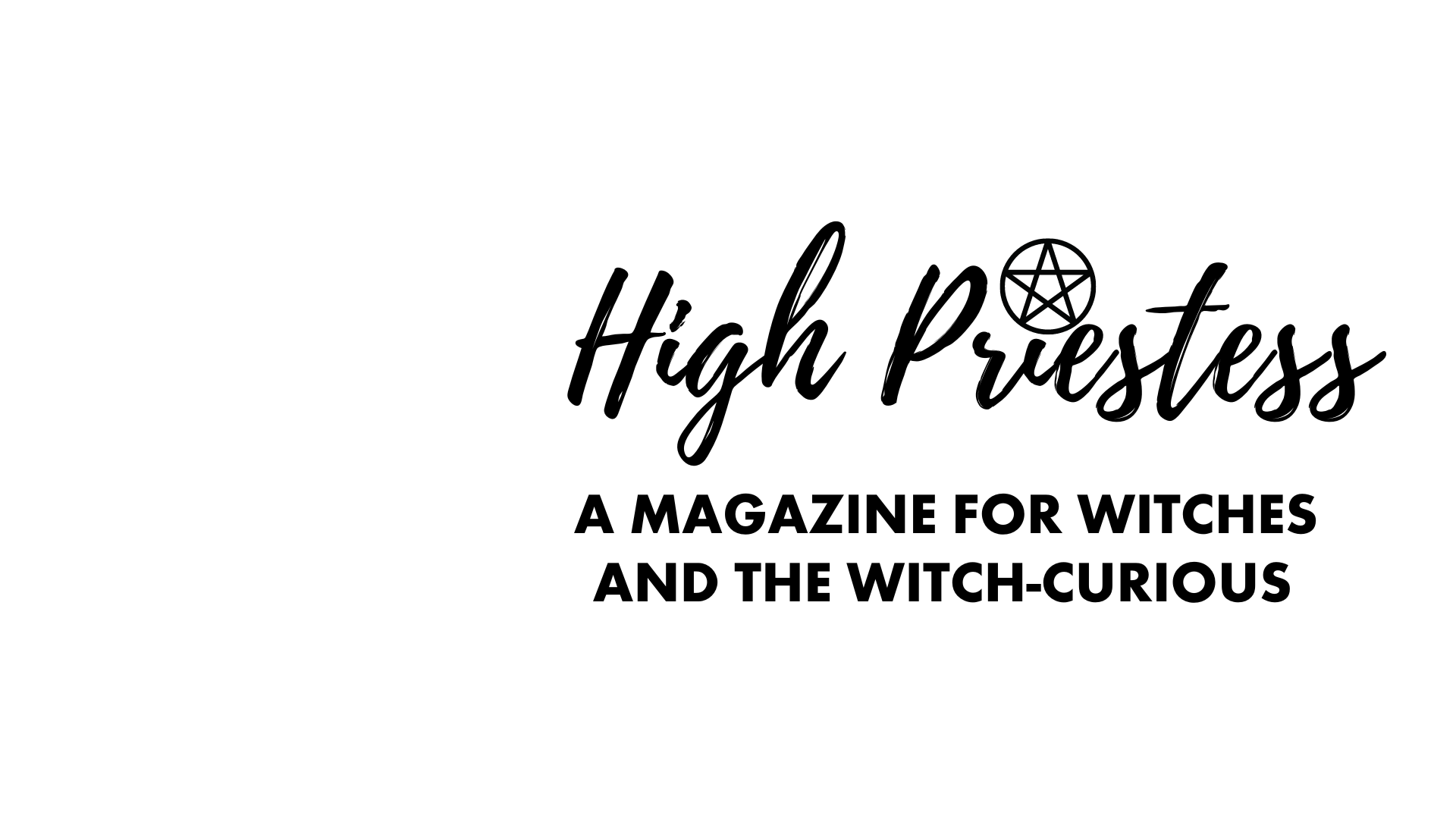Mischief Makers: The Role of Tricksters in Mythology
In the world of mythology and storytelling, there lives a class of characters that defy norms and dance on the edge of chaos. These are tricksters, figures that leave a trail of mischief and mirth wherever they roam. These characters have embedded themselves in the stories of countless cultures, so what is their deal?
Tricksters often emerge as the unruly embodiment of dualities. They are both agents of chaos and catalysts for creation. Often, their antics will disrupt the natural order, but from their drama springs innovation and transformation. Like a storm that clears the air, tricksters shatter societal norms and hierarchies, inviting fresh perspectives to flourish in the wake of change. It’s through their unpredictable actions that they remind us of the limitations we impose upon ourselves – and beckon us to embrace the unchartered territories of possibility.
The most infamous trickster is none other than Loki (thanks, Marvel – also you seem to have the family tree a little twisted). But he’s not the only one; there’s also Anansi from African lore, a clever spider who likes to trick anything that moves, the cheeky Coyote of Native American tales who (deep down) usually means well, the swift-footed Hermes of Greek epics who is sometimes referred to as the ‘divine trickster,’ stories of the Monkey King, and the trickster Crows of Aboriginal lore – each of them stand as testament to the universal appeal of their kind.



While some strive to uphold the status quo, tricksters happily take a sledgehammer to it. They are the creators of transformation, the catalysts of personal growth, and their antics often pave the way for positive outcomes – even if it doesn’t seem so at first. Whether it’s Loki engineering the creation of Thor’s hammer, or Anansi weaving stories to liberate wisdom from the clutches of the sky god, these figures turn chaos into progress.
Tricksters live to reveal the way we work. They are mirrors, reflecting our collective attitudes, values, and fears. Through their disruption, they expose hypocrisy and challenge authority, forcing us to confront uncomfortable truths. In a world where conformity often trumps critical thinking, tricksters offer a chance to recalibrate our moral compasses and reassess our foundations.
Basically, tricksters are the agents of chaos and change. They are paradoxical and remind us that life’s beauty lies within its unpredictability, and growth will always emerge from the ashes of destruction if you let it.







